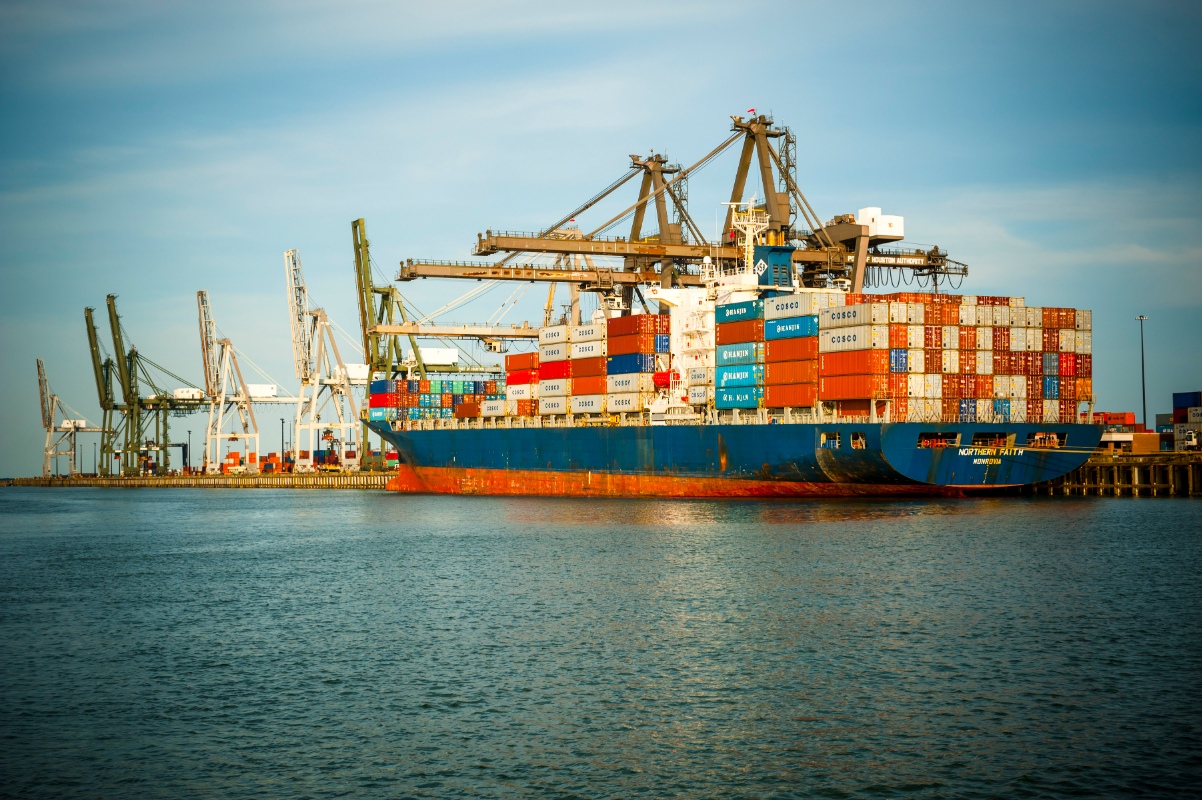Bayou Business Download: Latest Population and Demographic Data for Houston
Published Jan 24, 2021 by A.J. Mistretta
In the first episode of Bayou Business Download in 2021, we take a look at the latest findings in the Census Bureau’s American Community Survey, which examines at the social, demographic and economic characteristics of the nation. We’ll discuss what the latest figures tell us about Houston and how this region compares with others around the country.
Here's a breakdown of some of the ACS findings discussed in this episode.
Population
Houston added nearly 1.1 million residents from the start of the decade to the middle of 2019. The bulk of the growth came from the Hispanic community (582,000 residents), followed by Blacks (191,000), Asians (166,000), and the White/Anglo population (120,000). Houston’s Hispanic population surpassed the White/Anglo
population in 2017 and now represents our largest ethnic group. No race or ethnicity comprises a majority of the population, however.
Foreign-Born
Houston ranks fifth in foreign-born population, behind metro New York, Los Angeles, Miami and Chicago. Over two-thirds (68.2%) of Houston’s Asian population, one-third (37.2%) of our Hispanic population, 10.0% of our Black population and 5.6% of the Anglo population was born outside the U.S. The share of foreign-born Houstonians has grown from 22.3 percent in ’10 to 23.4 percent in ’19.
Age Breakdown
Metro Houston has one of the youngest populations in the nation. The region’s median age is 34.9, compared to 38.5 for the U.S. overall. The average for the 50 most populous metros is 38.1. Houston is second only to Salt Lake City (33.2) in median age. (Note: the median is the point at which half of the population falls below that age and half above it.) During the past decade, Houston’s population has also grown older. In 2010, the region’s median age was nearly two years younger than it is today.
Educational Attainment
Houstonians are better educated now than at the start of the decade, with more residents completing high school and attending college than 10 years ago. This bodes well for future economic growth. A well-educated workforce is a top criterion when corporations making decisions to relocate or expand operations.
Participation in the Labor Force
The labor force participation rate is the share of the working age population who are either currently employed or those who are unemployed but actively seeking work. The U.S. rate peaked at 67.3% in early 2000 and has trended downward since. In April, it had fallen to 60.2%. It has since marginally recovered and in December stood at 61.5%.
Poverty Rate
Houston has gained ground in the war on poverty. Nearly one in eight (12.9%) Houston families lived in poverty in 2019, down from one in six (16.5%) in 2010. In 2010, Houston was coming out of the Great Recession, a downturn where 120,000 Houstonians lost their jobs, so poverty rates were unusually high. In 2019, Houston was on the tail end of the longest economic expansion in the nation’s history, so poverty rates were unusually low back then. Over 350,000 Houstonians lost their jobs in the recent pandemic, so local poverty rates will likely be elevated when the ACS data for 2020 is released.
Check out the latest edition of Houston: The Economy at a Glance for more details.
This is a podcast from the Greater Houston Partnership where we dive into the data and analytics influencing the region’s economy.
Bayou Business Download is presented by:
 The Houston Report
The Houston Report





















